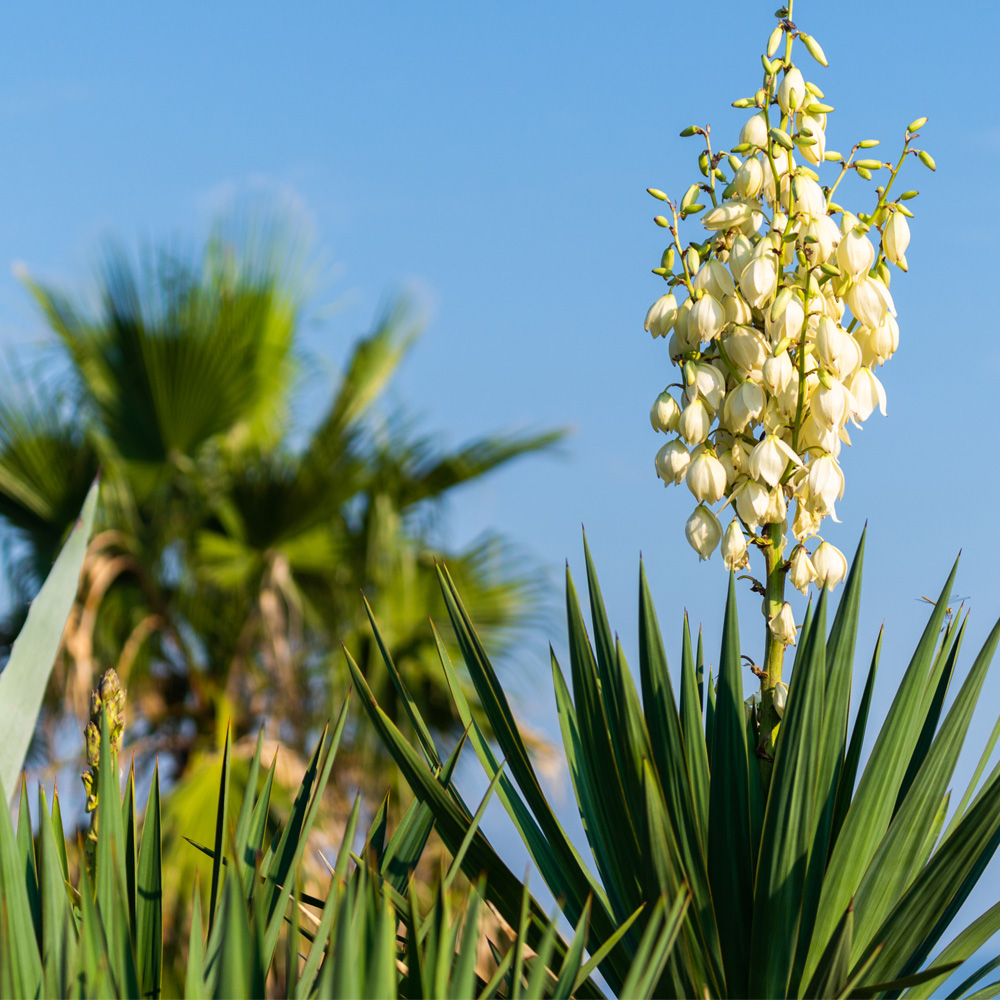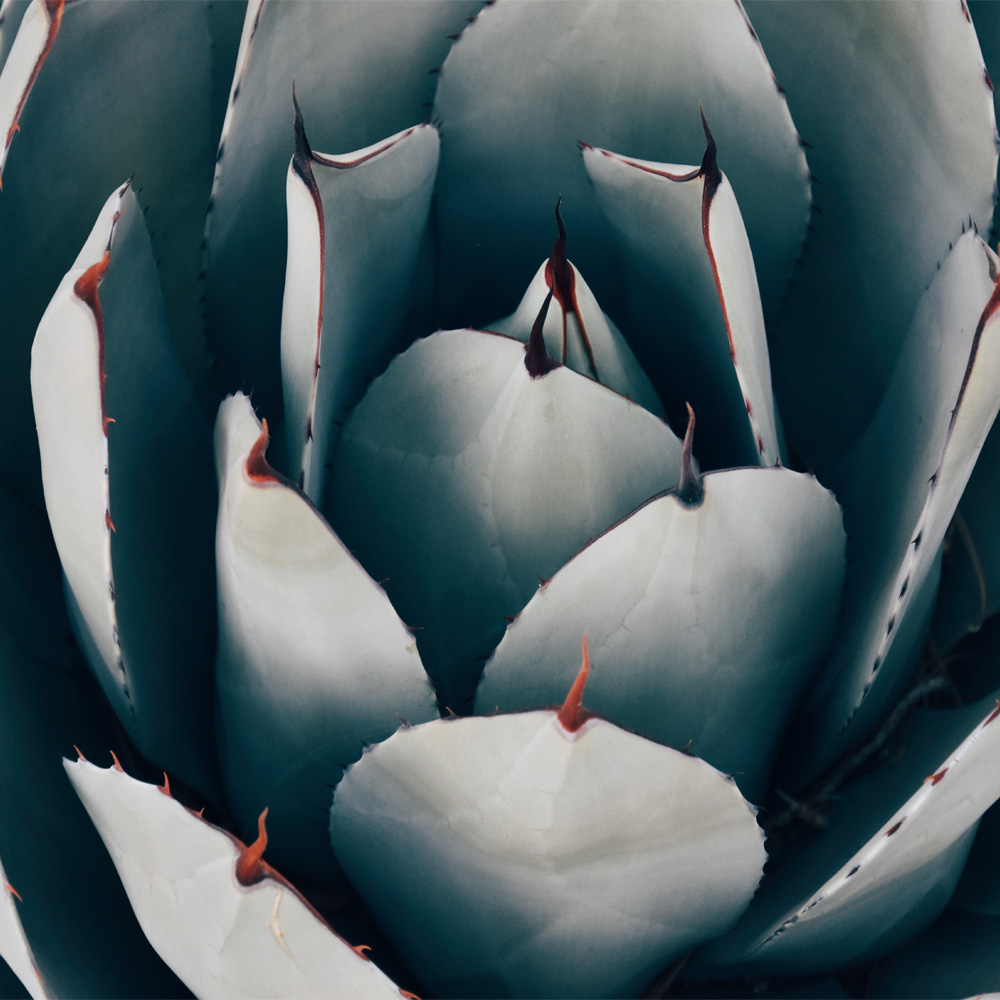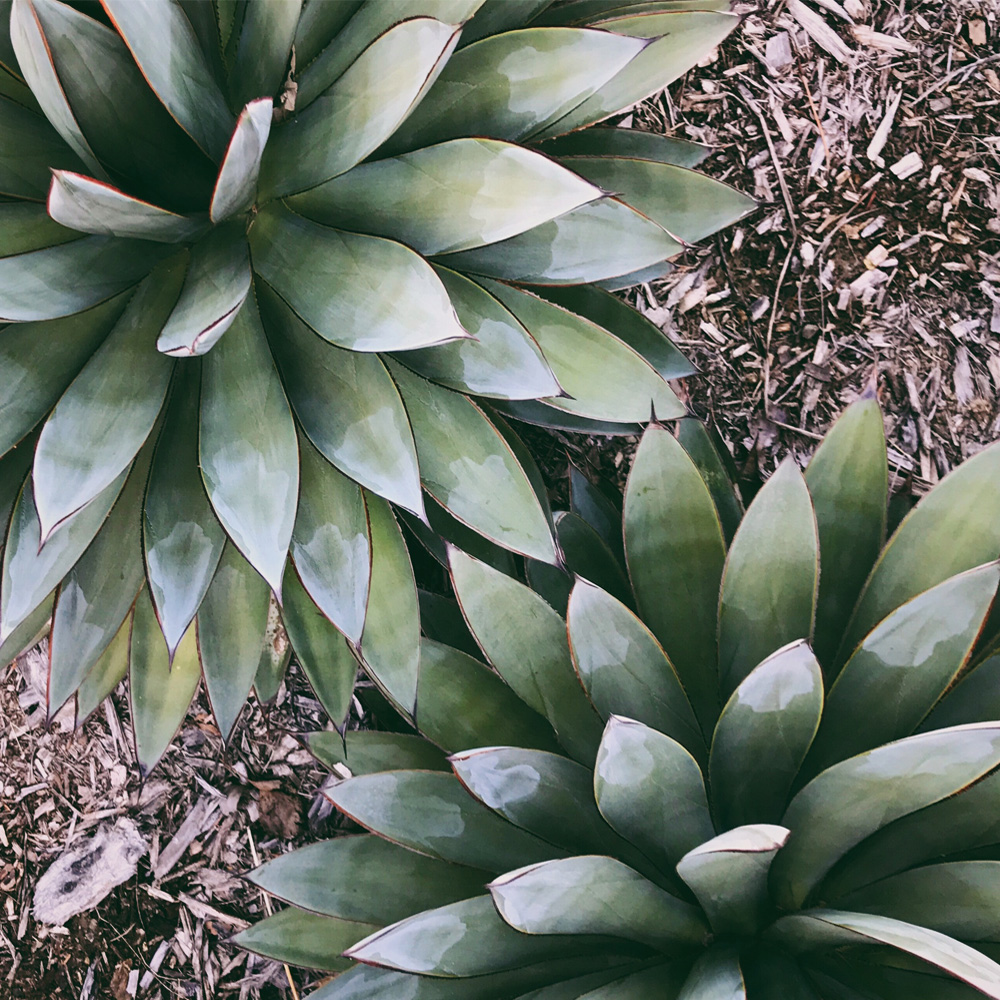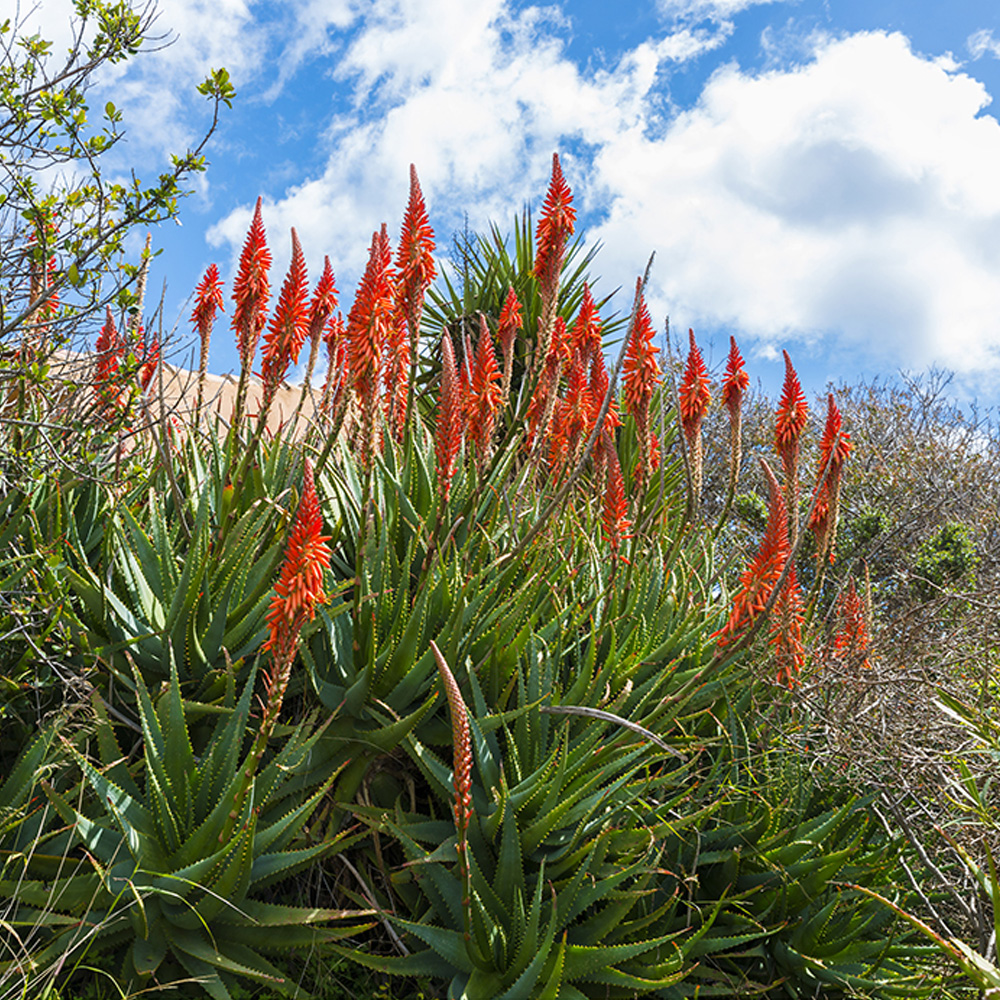Adam’s Needle (Yucca Filamentosa)
$35.00Description
History & Origin
Care Instructions
Other Details
Description: Adam’s Needle (Yucca filamentosa) is a hardy, evergreen shrub known for its spiky, sword-like leaves and tall flower stalks with creamy white blooms. It thrives in dry conditions and adds a striking architectural element to landscapes.
History & Origin: Native to the southeastern United States, Adam’s Needle has been used for centuries by Indigenous peoples for fiber, rope, and medicinal purposes. It is widely grown in ornamental landscapes for its drought tolerance and low maintenance.
Care Instructions:
Sunlight: Full sun.
Soil: Well-draining, sandy or rocky soil.
Watering: Low; drought-tolerant once established.
Fertilization: Minimal feeding required.
Pruning: Remove spent flower stalks and dead leaves.
Pests/Diseases: Resistant to most pests; occasional fungal issues in humid conditions.
Other Details:
USDA Zones: 4-10
Temperature: Hardy to -20°F
Humidity: Low to moderate humidity.
Mature Size: 2-3 feet tall, 3-4 feet wide.
Growth Rate: Slow to moderate.
Uses: Xeriscaping, borders, rock gardens, erosion control.




